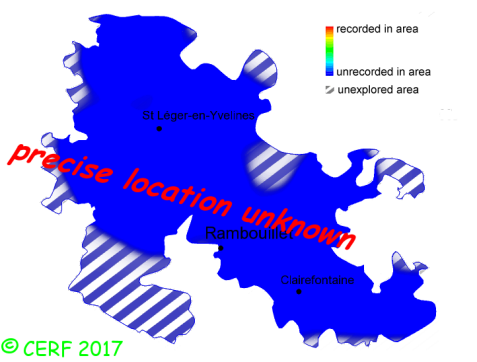|
Amanita malleata (Piane ex Bon) Contu
|
New classification: Basidiomycota/Agaricomycotina/Agaricomycetes/Agaricomycetidae/Agaricales/Amanitaceae
Former classification: Basidiomycota/Homobasidiomycetes/Agaricomycetideae/Agaricales/Amanitaceae
[sub-genus:Amanitopsis section:Inauratae ]
edibility : edible if well cooked
|
|
|
The cap is ash grey to brownish, hemispherical then expanded to depressed, bumpy; its margin is striate.
The cap surface is covered with irregular white or grey patches, not viscid nor sticky.
The stem is white, with the base buried in the ground, with a white and brittle sheathing volva, and pieces of veil remnants.
The flesh is white, unchanging; its taste is mild; the odour is faint;
its texture is fibrous.
The gills are white, free, crowded .
The spore print is white. This species is mycorrhizal.
It grows on the ground, in parks, on the bare ground, on a rather calcareous soil, with poplar, oak.
The fruiting period takes place from July to October.
| Dimensions: | width of cap approximately 10 cm (between 5 and 20 cm) |
| | height of stem approximately 13 cm (between 8 and 18 cm) |
| | thickness of stem (at largest section) approximately 13 mm (between 0 and 25 mm) |
Distinctive features : creamy-grey to brown cap, hammered or bumpy as if finger had been pressing it, with grey or white patches and a striate margin; ring reduced to a few veil remains
Amanita malleata is rare and confined in the forest of Rambouillet, and is rare, more generally speaking
.
|  | | Above : distribution map of Amanita malleata in the forest of Rambouillet |
|
page updated on 14/01/18
